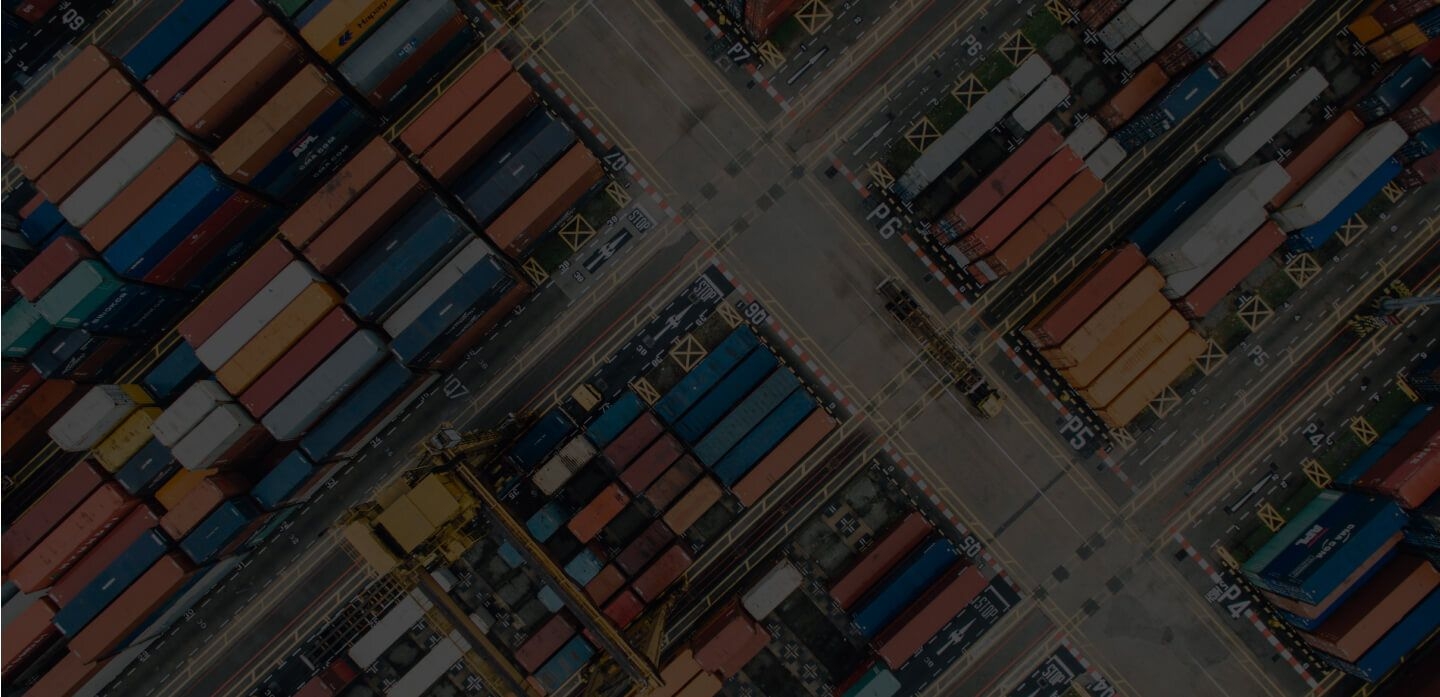
Shipping to Mexico from USA: 5 Things to Know



The most common mode of shipping products between the U.S. and Mexico is using rail, road, sea and air. In most cases it’s a hybrid transportation method that features at least two of these modes of freight.
When shipping to Mexico from the U.S make sure the following five steps are strictly followed.
U.S.-Mexican Relevant Documentation
While most of the documentation is usually typical of any shipping process, specific documentation like the NAFTA certification is required when shipping to Mexico from the US.
The NAFTA certification of origin is a document used by Mexico, the United States, Canada and Puerto Rico to determine whether the goods entering any of their countries are eligible for reduced duty or complete elimination of duty according to the NAFTA (North American Free Trade Agreement) agreement.
A NAFTA certificate of origin must be completed by the exporter. This certificate is issued if the goods are made up entirely of materials that originated from a NAFTA signatory country. It can also apply if the goods meet the NAFTA Rule of Origin where they were completely obtained in a NAFTA territory.
Other documentation needed during shipping to Mexico include a
- Shipper letter of instructions that tells the freight forwarder where to take the export shipment
- Commercial invoice is a legal document between the supplier and buyer that describes the goods and determines the amount due by the customer for customs.
- Packing list which details the contents of the cargo with regard to weight and the type of materials the transporter is carrying.
- Bill of lading which is documentation signed by both the buyer and carrier with details of the goods sold, the place of origin, and the quantity of goods.
Shipment Changes Hands at the Border
The American carrier will transport the shipment until the US-Mexican border. Here the cargo is inspected by Mexican customs. This process takes a while so the goods will be put in a warehouse awaiting inspection. Once inspected the cargo is transported to the Mexican carrier on the Mexican side of the border who will deliver it to the final destination.
During the inspection the American customs agent will sign the documentation for the cargo and they will hand over the signed documents to their Mexican customs counterparts during the handover. A third party transports the cargo from the American border to the Mexican border.
A Customs Broker is Essential
A customs broker is a crucial component of the shipping process across the U.S.-Mexican borders. These brokers are essential in ensuring the cargo is customs compliant minimizing the risk of non-compliance that may result in longer wait time for delivery of shipments. The role of the broker is to make sure one’s cargo is protected from compliance risks by facilitating the right paperwork, cross-docking, inspection and clearance through customs.
The customs broker must be conversant with the processes at the U.S. – Mexican border and be able to advice on the areas that may be problematic for any the cargo. They will check the documents and have tools and software to help them report better on any compliance issues that they may flag. Customs brokers are one’s best chance of shipments crossing from American soil to Mexico without customs infractions.
Choose the Right Importer
The importer from Mexico should be registered to import the specific goods that they have been instructed to pick up from customs. Always choose an importer who has been registered in the official register of importers known in Mexico as the “Padron de Importadores.” This means that the importer is recognized in the Mexican Tax Authority.
The carta porte is the Mexican equivalent of proof of delivery which must be recipient of the shipment at the point that they receive it. This document proves that the cargo was shipped and delivered to the final destination. In case there is any damage or breakage of the items in the cargo one can register this in the proof of delivery documentation.
The Cost
The right transportation for the goods is dependent on the type of cargo and destination, and each option comes with a corresponding cost. One of the best ways to save money when transporting cargo to Mexico is to use a freight forwarder. This is a popular mode of transportation because the freight forwarder will:
- Negotiate transportation prices with other carriers
- Recommend the best type of truck for each specific shipment and also books the truck for the client
- Provide insurance for the cargo they are carrying
- Manage and organize cross border processes and crossing for the cargo
- Advise on the rule and regulations of importing and exporting to a specific country
- Takes responsibility for the cargo from the source to the final destination
Freight forwarders guarantee clients high quality service and also provide pertinent knowledge of industry standards that help ease the transportation process. Their knowledge in cross border crossing is crucial to clients who move a lot of cargo from the U.S. to Mexico.
Related Articles


